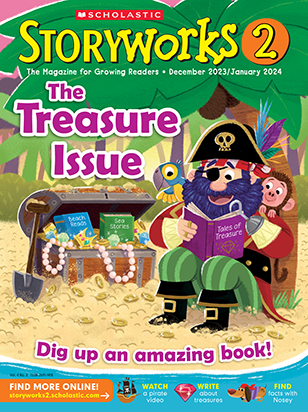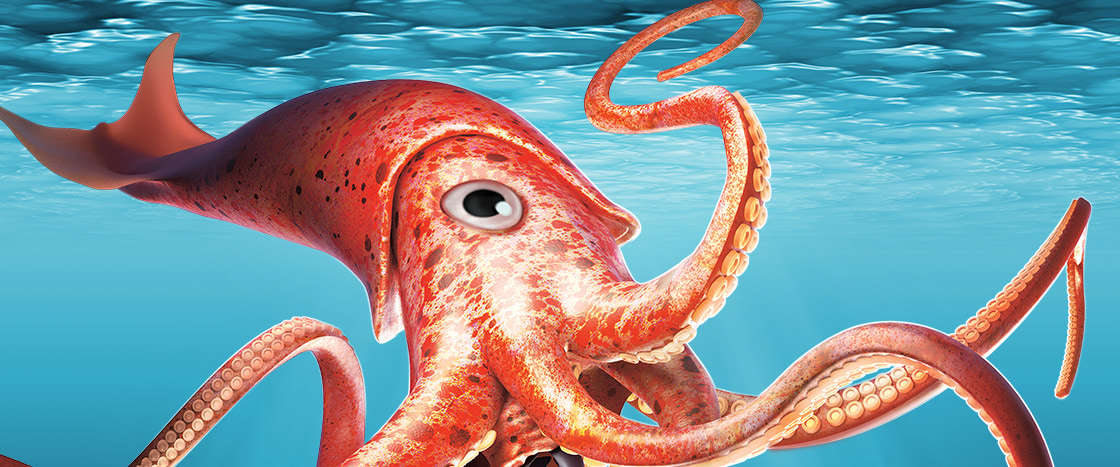It was 1873. A fisherman was sailing in his boat. He saw something in the water.
He sailed over and poked it with a hook.
Suddenly, the thing rose out of the ocean. Its long arms slapped at the water. A giant tentacle landed across the small boat.
The fisherman grabbed an ax. He cut off the tentacle!
The huge monster let go of the boat. Then it slipped back into the water.
The fisherman was left with the long tentacle. He was also left with a big question.
What was that thing?
It was 1873. A fisherman was in his boat. He saw something in the water.
He sailed over to it. Then he poked it with a hook.
Suddenly, it rose out of the ocean. It had giant tentacles. One of them landed on the boat.
The fisherman grabbed an ax. He cut off the tentacle! The creature let go of the boat. It went back into the water.
The fisherman was left with the long tentacle. He was also left with a question.
What was that thing?
In 1873, a fisherman was sailing in his boat when he saw something in the water. He sailed over it and poked it with a hook.
Suddenly, the thing rose out of the ocean. Its long arms slapped at the water, and a giant tentacle landed across the small boat.
The fisherman grabbed an ax and cut off the tentacle! The huge monster let go of the boat and slipped back into the water.
The fisherman was left with the long tentacle. He was also left with a big question.
What was that thing?

